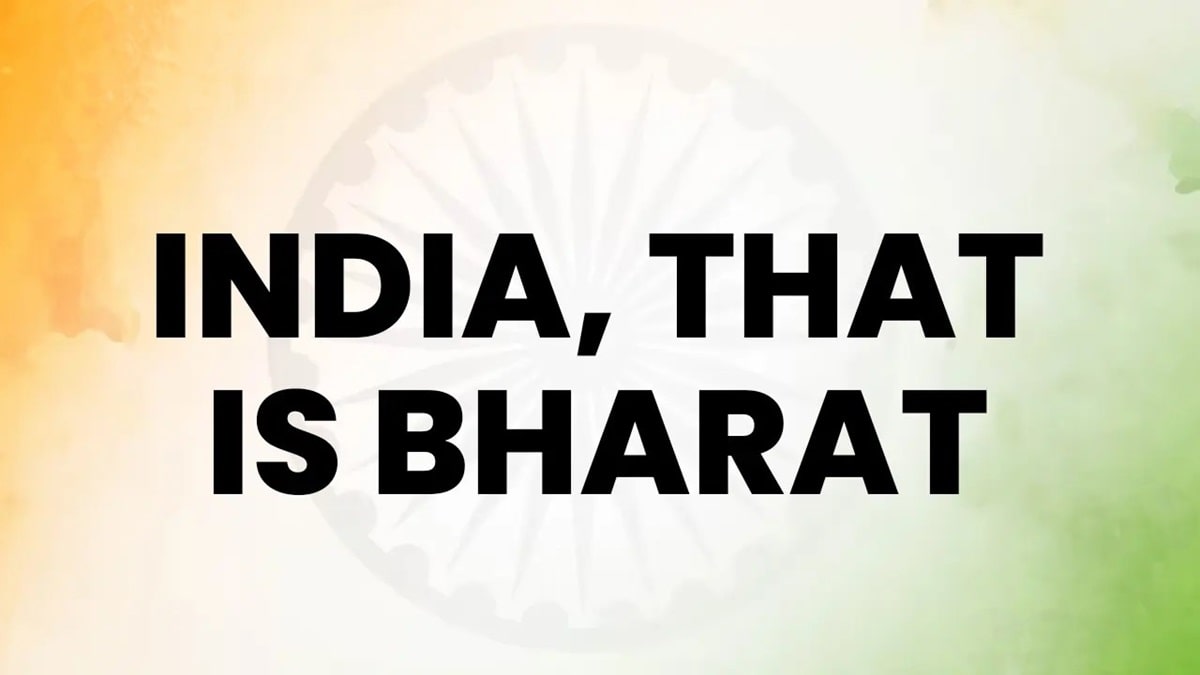India, known for its rich cultural diversity and vibrant traditions, is home to numerous languages. With hundreds of languages spoken across the nation, it can be perplexing to determine the official language of India. In this article, we will explore the official language of India and shed light on the linguistic landscape of this remarkable country.
The official language of India.
The Official Languages Act, 1963 specifies the languages which can be used for the official purposes of the Union, Parliament, Central and State government along with High Courts.

Hindi and English have been adopted as the official language for communication purpose.
- Article 343 (1) of the Constitution provides that Hindi in Devanagari script shall be the Official Language of the Union.
- Article 343 (2) also provided for continuing the use of English in official work of the Union for a period of 15 years (i.e., up to 25 January 1965) from the date of commencement of the Constitution.
- Article 343 (3) empowered the parliament to provide by law for continued use of English for official purposes even after 25 January 1965.
- Accordingly, section 3 (2) of the Official Languages Act, 1963 (which was amended in 1967) provides for continuing the use of English in official work even after 25 January 1965.
The official language of India is Hindi. It is primarily spoken by a significant portion of the country’s population and holds an important place in the cultural fabric of India. Hindi, written in the Devanagari script, is widely used in government communication, official documentation, and legislation.
Despite the prevalence of Hindi as the official language, there are numerous regional languages that enjoy official status within their respective states. These languages include Bengali, Tamil, Telugu, Marathi, Gujarati, Kannada, Urdu, Malayalam, Odia, Punjabi, Assamese, Maithili, and more.
Each state has the freedom to choose its official language(s) alongside Hindi.
Linguistic diversity in India.
India boasts remarkable linguistic diversity, with over 1,600 languages and dialects spoken across its vast territory. In fact, it is estimated that there are 22 officially recognized languages in India. This linguistic mosaic is a testament to the country’s rich cultural heritage and the coexistence of various ethnic groups.
Some of the prominent languages apart from Hindi include:
- Bengali.
Bengali is the second most widely spoken language in India. It is the official language of West Bengal and is also spoken in the neighboring states of Tripura and Assam. With a rich literary tradition, Bengali has produced renowned poets, writers, and Nobel laureates.
- Tamil.
Tamil is the official language of Tamil Nadu and one of the oldest languages in the world. Known for its classical literature and vibrant film industry, Tamil holds a prominent place in the cultural landscape of South India.
- Telugu.
Telugu is the official language of Andhra Pradesh and Telangana. It is one of the most widely spoken Dravidian languages, known for its historical significance and extensive literary works.
- Marathi.
Marathi is the official language of Maharashtra and is spoken by millions of people in western India. It has a rich literary tradition, with notable contributions from renowned authors and playwrights.
Language policies in India.
India’s linguistic diversity has necessitated the adoption of language policies to maintain cultural harmony. The Eighth Schedule of the Indian Constitution recognizes 22 languages as scheduled languages, granting them official status in different states. The availability of education and government services in regional languages helps promote inclusivity and preserves the cultural identity of various communities.

English also plays a significant role in India. It is extensively used as a subsidiary official language for communication between different states and the central government. English remains an influential language for higher education, business, and international communication.
Conclusion.
In conclusion, Hindi is the official language of India.
However, India’s linguistic richness goes beyond any single language. The country proudly embraces its linguistic diversity, with numerous regional languages holding official status within their respective states. This inclusive approach fosters cultural harmony and allows for the preservation of unique linguistic identities.
Leave a Reply